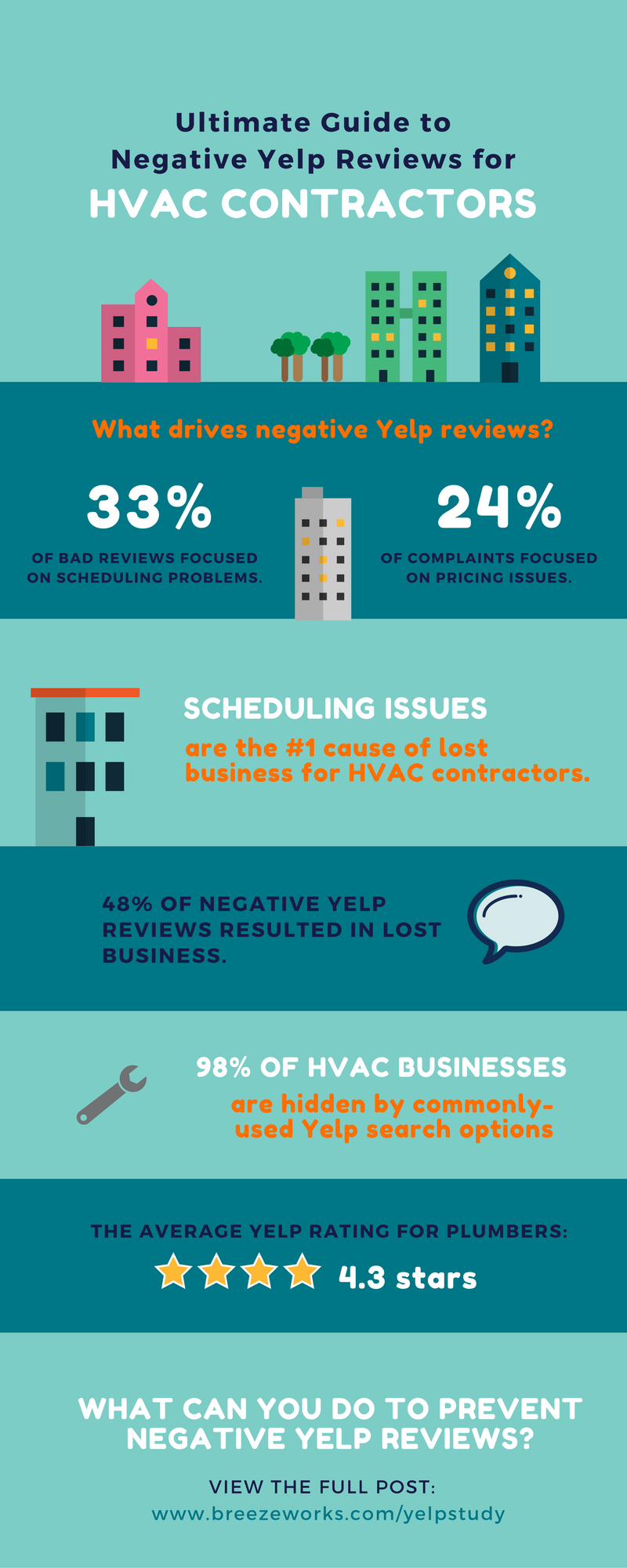Usual Blunders To Avoid Throughout Heat Pump Setup
Usual Blunders To Avoid Throughout Heat Pump Setup
Blog Article
Short Article Created By-Parrish Rankin
When setting up a heatpump, you have to steer clear of typical blunders that could endanger its efficiency. Ignoring appropriate sizing might lead to ineffectiveness and greater utility costs. Ignoring insulation and sealing might lead to energy wastefulness and pressure on the device. Furthermore, placing the outside unit improperly may affect its efficiency. By preventing these mistakes, you can make certain optimum working and toughness of your heat pump system.
Improper Sizing of Heat Pump
When it involves the installation of heatpump, among the most usual mistakes is improperly sizing the device for your area. Making https://slidingwindowtrackcleaner95062.dsiblogger.com/64094535/improve-your-decision-making-regarding-heatpump-repair-work-services-by-posturing-necessary-concerns-that-can-aid-you-conserve-time-money-and-effort-discover-the-details-in-this-guide is vital for optimum performance. If the heatpump is too tiny, it will certainly have a hard time to warmth or cool your area efficiently, causing boosted energy bills and prospective damage on the unit.
On the other hand, if the heatpump is also big, it will certainly cycle on and off frequently, triggering temperature level fluctuations and minimizing its life-span.
To avoid this error, it's essential to have a professional examine your room and advise the appropriate size of the heat pump based upon factors like square video footage, insulation, ceiling height, and regional climate. By spending the moment and initiative to make certain the appropriate sizing, you can delight in a comfortable atmosphere while maximizing power effectiveness and lengthening the life expectancy of your heat pump.
Inadequate Insulation and Sealing
To make sure the efficient operation of your heat pump, it's essential to deal with inadequate insulation and securing in your space. Correct insulation aids keep a regular temperature inside your home, decreasing the work on your heat pump. Inadequate insulation can bring about power loss, making your heat pump work harder and much less efficiently.
Sealing any kind of voids or leakages in your space is similarly vital. These gaps enable conditioned air to get away and outdoor air to leak in, requiring your heatpump to compensate for the temperature level variations.
Wrong Placement of Outdoor Device
Dealing with the placement of your heat pump's exterior device is key to enhancing its performance. Mounting the exterior device in an incorrect place can result in efficiency issues and possible damage to the unit.
One common mistake to stay clear of is positioning the outside device as well close to a wall surface or other structures. This can restrict airflow, creating the system to work more difficult to warm or cool your area, ultimately minimizing its effectiveness and life-span.
Another mistake to steer clear of is putting the exterior device in straight sunshine. While some sunlight is inevitable, extreme direct exposure can bring about overheating, especially during warm summertime days. It's ideal to position the outside system in a shaded area to aid maintain its optimal operating temperature level.
Moreover, see to https://air-conditioning-supply-a88765.ourcodeblog.com/31338429/interested-regarding-the-future-of-heat-pump-innovation-learn-just-how-it-can-considerably-improve-your-home-s-convenience-levels-and-power-performance that the outdoor device is put on a steady and degree surface. Uneven ground can cause resonances and unnecessary strain on the unit, influencing its efficiency in time.
https://www.charlotteobserver.com/news/local/article261650792.html , avoiding common errors throughout heat pump installment is crucial for maximizing performance and long life of your system. By ensuring air con repairs sizing, adequate insulation, securing, and right positioning of the outside unit, you can avoid problems such as inefficiencies, increased energy bills, and stress on the system. Taking the time to deal with these key variables will eventually conserve you time and money in the long run.
